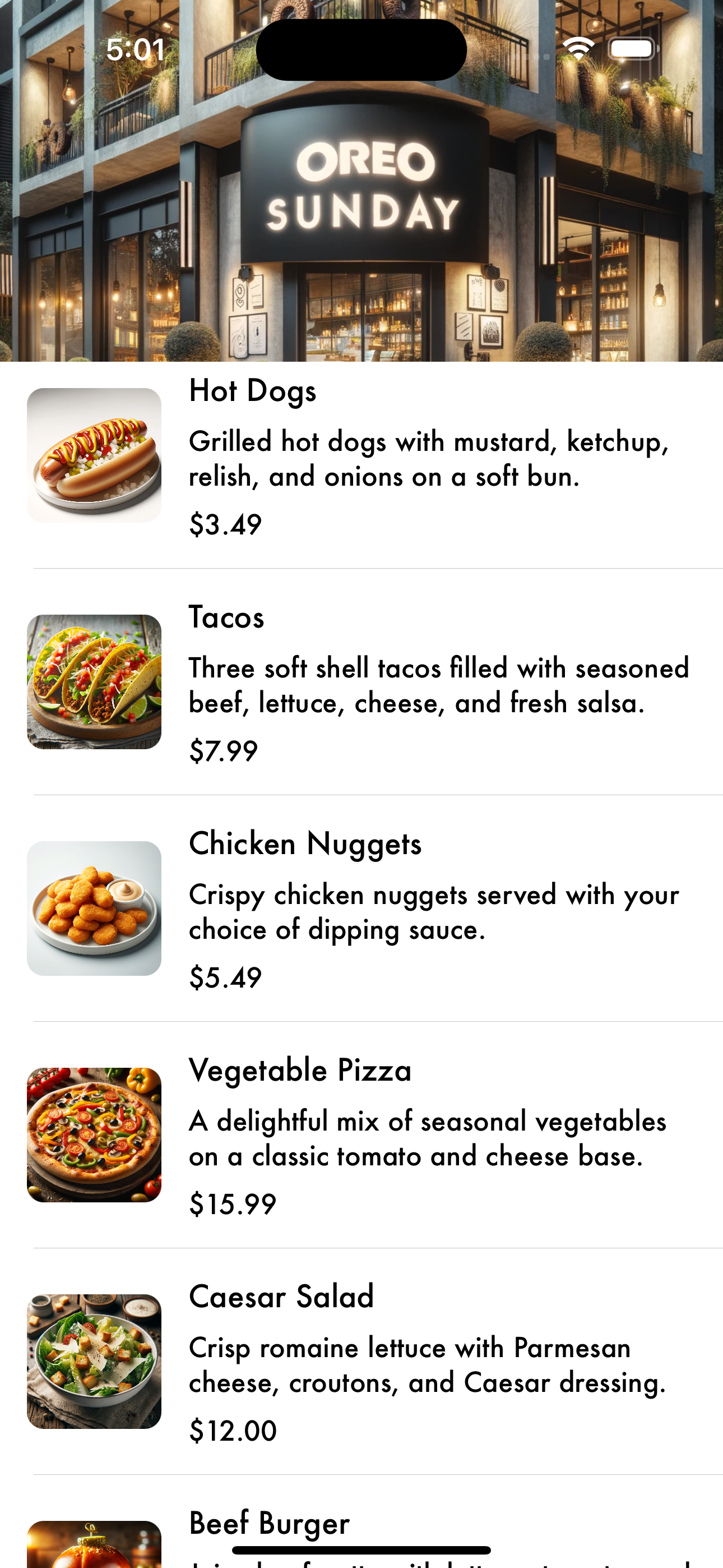
Introduction
In the rapidly evolving landscape of artificial intelligence, ChatGPT, developed by OpenAI, stands out as a pioneering model that has revolutionized the world of conversational AI. This cutting-edge technology has sparked interest and excitement among developers, businesses, and individuals alike. In this article, we will delve into what ChatGPT is, how it works, its key features, and the ways it is reshaping various industries.
What Is ChatGPT?
ChatGPT is an advanced language model developed by OpenAI, based on the GPT-3.5 architecture. It is part of the GPT (Generative Pre-trained Transformer) family, known for its ability to understand and generate human-like text. ChatGPT, in particular, is designed for natural language understanding and generation, making it a powerful tool for a wide range of applications.
How Does ChatGPT Work?
ChatGPT operates on a deep learning model trained on a vast amount of text data. It uses a neural network with 175 billion parameters, which are essentially the variables that the model uses to generate text. These parameters allow ChatGPT to understand context, grammar, and semantics, enabling it to produce coherent and contextually relevant responses.
Key Features of ChatGPT
- Natural Language Understanding: ChatGPT can comprehend and respond to text input in a way that mimics human conversation, making interactions more intuitive and engaging.
- Multilingual Capabilities: It supports multiple languages, broadening its accessibility and usability on a global scale.
- Contextual Awareness: ChatGPT can maintain context over extended conversations, providing coherent responses even in complex dialogues.
- Customization: Users can fine-tune ChatGPT to tailor its responses to specific applications, industries, or personas, making it highly adaptable.
Applications of ChatGPT
- Customer Support: ChatGPT can enhance customer service by providing instant responses to common queries and resolving issues efficiently.
- Content Generation: It can assist content creators by generating articles, blog posts, and marketing copy, saving time and effort.
- Language Translation: ChatGPT’s multilingual capabilities make it a valuable tool for translating text between languages accurately.
- Education: It can serve as a tutor, answering questions and explaining concepts to students, making learning more accessible.
- Healthcare: ChatGPT can assist medical professionals in retrieving information and answering clinical questions, improving patient care.
- Coding Assistance: Developers can use ChatGPT to get code-related suggestions, debug issues, and improve programming efficiency.
Challenges and Ethical Considerations
Despite its numerous benefits, ChatGPT raises ethical concerns related to misinformation, bias, and misuse. OpenAI has implemented strict usage policies and guidelines to mitigate these issues, and developers are encouraged to use the technology responsibly.
Conclusion
ChatGPT represents a groundbreaking advancement in conversational AI, offering natural language understanding and generation capabilities that have far-reaching implications. Whether it’s improving customer support, aiding in education, or simplifying content creation, ChatGPT is poised to transform industries and enhance the way we interact with technology.
As developers and businesses continue to explore the potential of ChatGPT, responsible and ethical usage will be key to harnessing its power for the benefit of society. With its customizability and versatility, ChatGPT is set to play a pivotal role in shaping the future of artificial intelligence and human-computer interaction.

